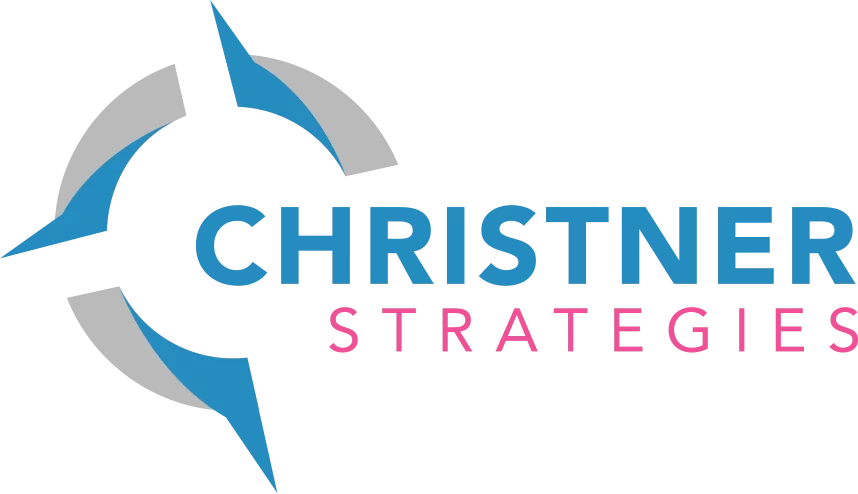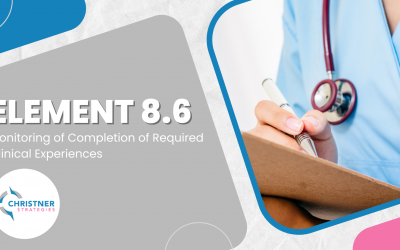LCME Element 8.1 – Curricular Management
A medical school has in place a faculty committee that has responsibility for the overall design, management, integration, evaluation, and enhancement of a coherent and coordinated medical curriculum.
Hidden Curriculum
On paper, Element 8.1 is all about how a medical school manages its curriculum, but behind the scenes, it’s really about how the curriculum committee functions and understanding what is meant by a “faculty committee”. This faculty plays a key role in planning, developing policies, and making decisions that shape the student learning experience.
The hidden curriculum here? It reflects how a school truly and carefully carries out shared governance, collaboration, and transparency. The composition of the curriculum committee has always been a bit of a question with inconsistency with how the LCME views it. Rumor has it they are working on making this more transparent – about time! For now – here’s a couple key bullets:
- Yes – A curriculum dean or SADME etc. CAN chair the committee. Think about if they should have a vote or not though – depends on how the rest of your committee is structured. Too many deanly types having a vote can be construed as a problem.
- Do NOT have an “Executive Committee of the Curriculum Committee” – this can be construed as this is the group running things rather than the curriculum committee. Should the SADME/Curriculum Dean be tied to the hip of the Curriculum Committee Chair if the chair is a faculty member (not a dean) -Ummmm – YES. And they should meet frequently and before every Curriculum Committee meeting and run thru the agenda and what needs to happen – all of that. That is an administrative meeting. Do you call every meeting you have with your team an “Executive Committee” – NO – it’s these meetings that make the ship run – so need to call it an Exec Committee.
- Your curriculum committee should NOT be made of just Course and Clerkship Leaders – you do need to have “rank and file” faculty on the committee. How you select who they are is key.
I could go on but I’ll stop here….
Best Practice
Make sure your Curriculum Committee has a formal charge outlined in bylaws or policy documents that clearly defines its role in overseeing curriculum policy, structure, management, and evaluation. For example, the charge should explicitly state the committee’s authority to approve new courses, revise existing curriculum, oversee integration across phases (e.g., pre-clerkship and clerkship), and evaluate curriculum outcomes. This formal charge should also clarify the committee’s oversight of horizontal and vertical integration, assessment alignment, and responsiveness to student feedback. Once established, this information should be widely shared across the institution, such as through faculty handbooks, new faculty orientation, and the school’s website, so that all stakeholders understand the committee’s function and decision-making authority.
Limiting the Charge to having the above essential information is key as this is the part that should be in the bylaws. If you make it too detailed (with the information below), then when you want to change anything, it will require a bylaw change and at some institutions, changing the bylaws is a major ordeal. So, create an official Procedures (or Policy) document that doesn’t have to be in the bylaws and can then be more flexible.
Procedures/Policy documents should clearly list required member categories (e.g., deans, faculty, students, basic science, clinical) to ensure broad and appropriate representation. The terms of the non-positional members should be listed and should be such that a few roll off every year such that your whole committee doesn’t turn over at once. (By “non-positional” we mean those who are NOT on the committee by position – e.g. – Curricular Dean, Subcommittee Chair etc.) The committee must be recognized as a faculty committee with “rank and file” faculty making up at least an equal if not greater than majority of voting members. The faculty majority ensures the committee maintains credibility in shared governance and aligns with LCME expectations.
Include subcommittees to focus on specific tasks like the various phases of your curriculum and/or evaluation and/or curricular integration. No rules on what your subcommittees are like but make sure they FUNCTION! These groups should have defined responsibilities and serve ONLY in an advisory role to the main committee, with their functions clearly documented. For example, a Pre-Clerkship Subcommittee might be responsible for reviewing their course evaluations, ensuring horizontal and vertical integration, and recommending improvements based on student performance data. Their recommendations would then be submitted to the main Curriculum Committee for final approval. Similarly, an Integration Subcommittee could ensure that foundational science concepts are reinforced during clinical training, supporting continuity across all phases of the curriculum.
Continuous Quality Improvement
To support continuous quality improvement, regularly review and update the Curriculum Committee’s charge, policies, and membership to ensure alignment with institutional goals and LCME standards. Confirm that membership includes key stakeholders and assess the effectiveness of subcommittees annually. Curriculum Committee minutes serve as the official record of the committee’s discussions, decisions, and actions related to the medical school’s curriculum. Minutes must document any action items that result from discussions, ensuring they are followed up on and implemented in a timely manner. Be sure to track decision making outcomes, gather feedback, and share updated materials widely to promote transparency and engagement across the institution.
Remember… The LCME will review the past two years of Curriculum Committee minutes as part of the accreditation process. It is important that these minutes are complete, accurate, and demonstrate the committee’s oversight role in curriculum management and CQI.




